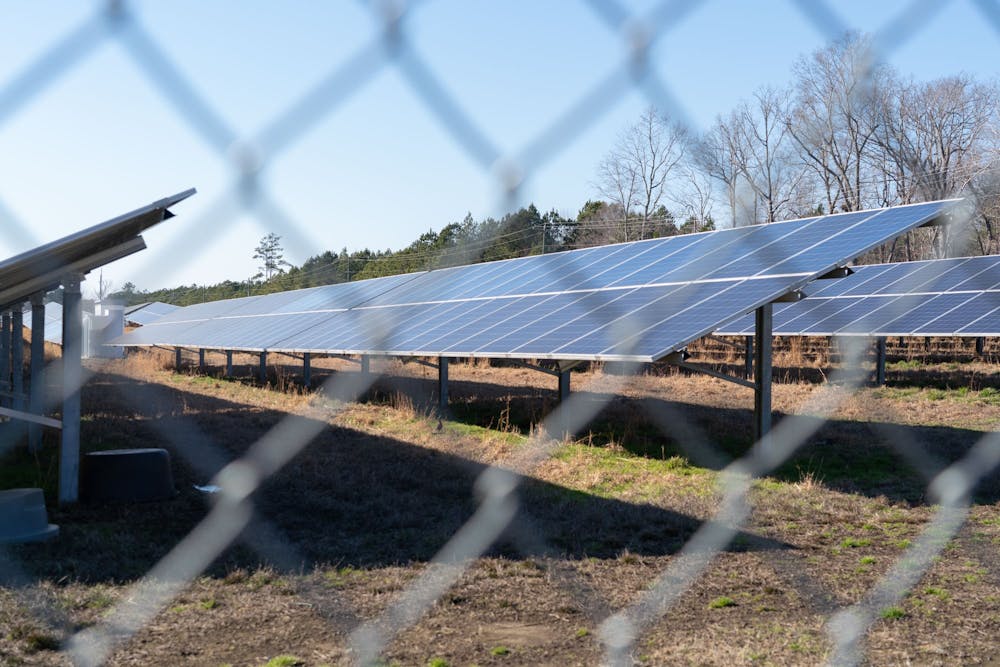Duke Energy is developing a second carbon plan only two months after the release of the first, according to Duke Energy spokesperson Bill Norton.
The company's original plan — the Carolinas Carbon Plan — detailed Duke Energy's planned methods for implementing North Carolina’s energy transition, which is mandated by House Bill 951.
The bill, which was passed in October 2021, set goals for electric public utilities to significantly limit carbon emissions by 2030 and reach carbon neutrality by 2050.
H.B. 951 requires that all changes must “maintain or improve upon the adequacy and reliability of the existing grid,” through the option that costs the least. The North Carolina Utilities Commission is tasked with enforcing the bill by developing plans with electric public utilities.
The commission's plans explain how and when changes will be implemented to guarantee both reliability and affordability for customers, which Norton said are priorities of Duke Energy.
Both the initial and upcoming Duke Energy carbon plans employ a strategy that Norton describes as “all of the above.” Both of them facilitate the company's transition to a combination of nuclear power, hydrogen-capable natural gas plants, solar power, wind power and battery storage.
The second carbon plan will likely introduce a modified timeline or composition of the same energy generation methods, according to Norton.
It will also take into consideration the Inflation Reduction Act, passed by Congress in August 2022, which offers tax incentives for households that transition to renewable energy.
“Customers deserve a clean energy plan that supports communities, that keeps rates as low as possible while ensuring the continued economic competitiveness that North Carolina depends upon,” Norton said.



